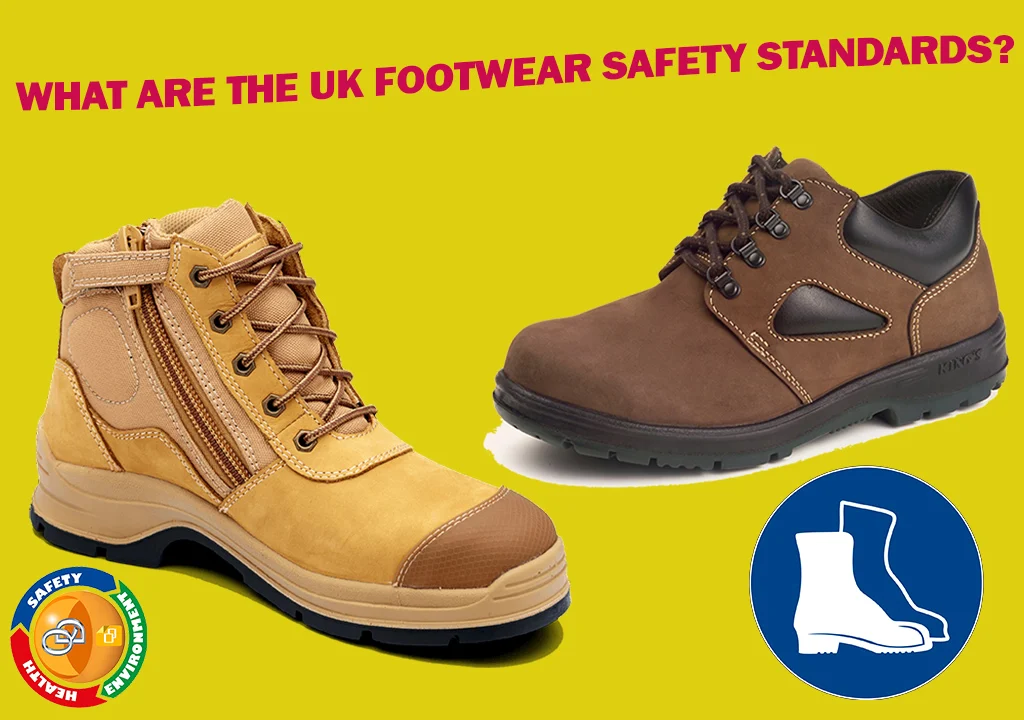Following Health and Safety Regulations, employers owe a duty of care to their employers and are thus permitted to supply them with proper safety footwear. There are many industries that expose their employees to hazardous work conditions and the manufacturers of safety boots make specific footwear accordingly.
The manufacturers of safety footwear are also bound by law to give a thorough and accurate description of their products so only purchase items that have a complete product description. Before safety footwear can be put on sale, it must be tested to ensure they meet the requirements for the specific purpose they are designed to achieve.
European standards testing is controlled by EN ISO conditions, namely for safety footwear (ISO20345), protective footwear (ISO20346), and occupational footwear (ISO20347). Once the tested footwear is approved it will be certified and tagged with a CE label. Manufacturers are also responsible for providing information detailing uses that the footwear is not suitable for.
Types of safety footwear that are regulated
Fortunately, there is a wide choice of safety footwear available on the market that are suitable for use across all industries. The types of regulated footwear include waterproof, ankle protection and foot support, steel toecaps, uneven terrain, abrasion, temperature extremes, corrosive substances, puncture hazards, electrical shock, and any other recognizable hazard.
The only type of footwear that is not covered under European ISO safety measures is slip resistance – although there is a directive under US law. The European standards consider slip-resistant footwear a basic requirement, principally because we don´t have materials that can be used to make footwear to prevent slipping – only to reduce the risk.
The assessment of safety standards in footwear is based on the work conditions –and in the event of an accident the conditions in the workplace at the time of the accident. Therefore, an employer can reduce the risk of an accident by providing safe working conditions for your employees following what performance the safety footwear gives you.
Deciding which safety footwear to use
Due to the wide selection of safety footwear, the employer must determine the most appropriate protection based on the working conditions. If there is a risk of injury through falling debris, for example, the ankles of your employees need protection as much as their feet.
Choosing the most suitable footwear for a particular environment or work activity can pose problems in some cases and a study of the manufacturer´s product description should be read carefully. Using the slip resistance example earlier, a product description that reads “improving the grip performance,” does not mean it will prevent the wearer from slipping. If on the other hand, a product description reads “slip-resistant” there is a chance the manufacturer can be held partly liable in the event of an accident.
Meeting safety standards when purchasing footwear for your employees is a legal duty you are obligated to fulfill thus the selection of the appropriate safety boots should be researched thoroughly.












0 Comments